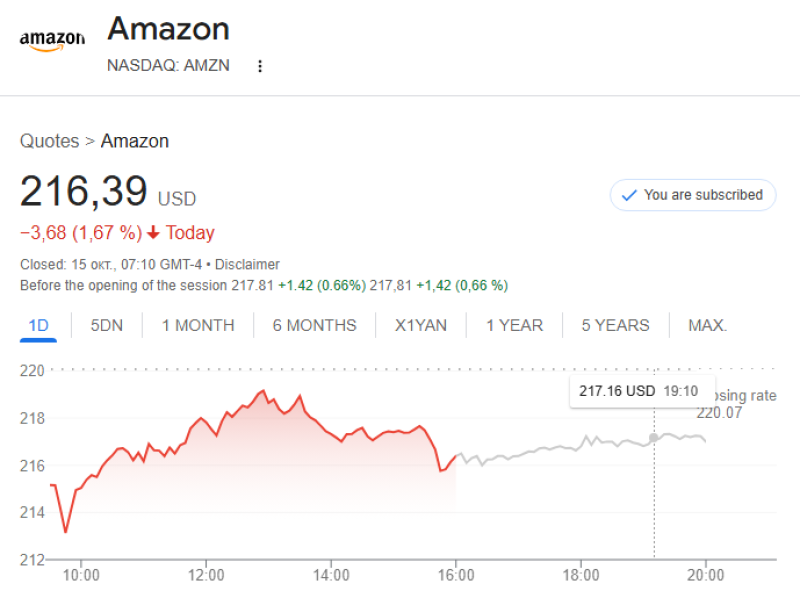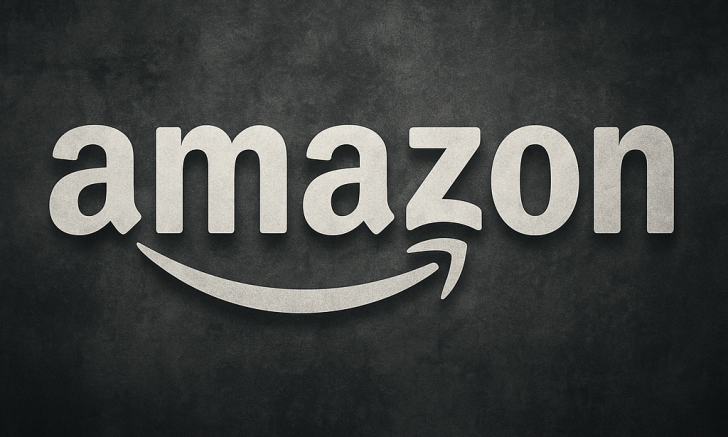Amazon (NASDAQ: AMZN) is transforming e-commerce logistics through what's being called "physical AI" — essentially combining artificial intelligence with robotics at massive scale. The company now operates more than one million robots across its warehouses and delivery network worldwide. This push toward automation is helping Amazon tackle its biggest cost problem: last-mile delivery, which typically eats up nearly half of all shipping expenses.
The Physical AI Era
As Inversiones CHILE-USA recently pointed out, Amazon's AI systems like DeepFleet are already making fleet management and delivery routing smarter and faster. These tools help cut waste, speed up deliveries, and ultimately improve profit margins in Amazon's core business.
By automating at this scale, Amazon is using technology to expand its operating margins and build a stronger competitive position for the long haul.
What the Chart Shows
The stock chart tells an interesting story about investor sentiment. Amazon has built solid support during its recent trading range, showing resilience even when the broader market gets shaky. The stock is now testing an important resistance level — a breakout here could signal more upside ahead. The overall trend remains positive, reflecting confidence in Amazon's shift toward AI and robotics. Trading volumes have also been climbing, suggesting bigger institutional investors are getting on board.

Why This Matters for Investors
Amazon isn't just cutting costs — it's rethinking how e-commerce works. Automating last-mile delivery directly attacks the biggest expense on the income statement, which should boost profitability over time. AI tools like DeepFleet make logistics smarter in real time, finding better routes and eliminating inefficiencies. With over a million robots in play, Amazon has built a logistics operation that's hard for competitors to match. Many investors see this automation wave as a key driver of future margin growth, which could support higher stock valuations down the road.
Conclusion
Amazon's million-robot army and AI systems like DeepFleet are ushering in a new chapter for logistics. By solving the most expensive part of e-commerce delivery, Amazon is setting itself up to grow margins and strengthen its lead in the industry.
 Marina Lyubimova
Marina Lyubimova

 Marina Lyubimova
Marina Lyubimova


